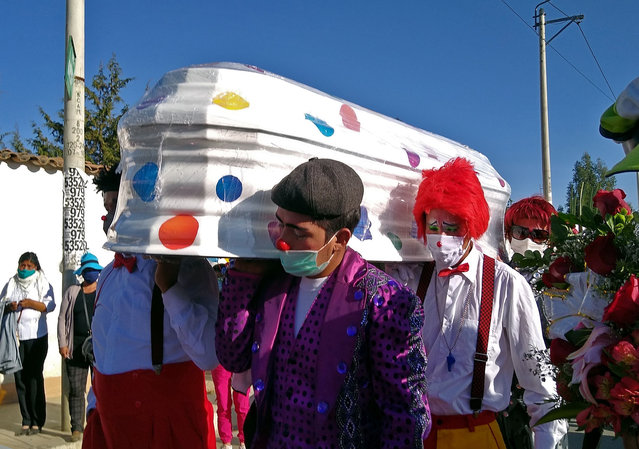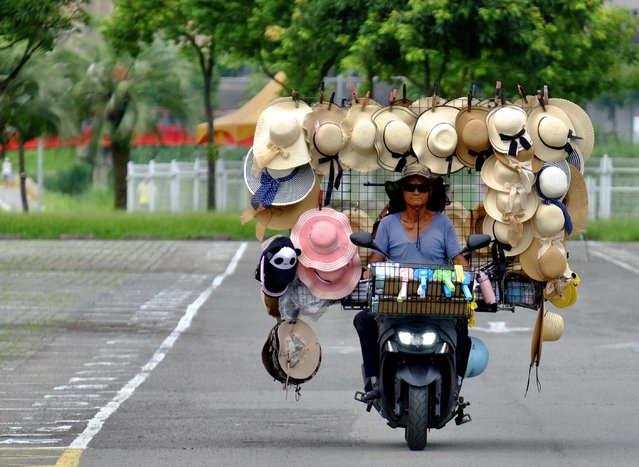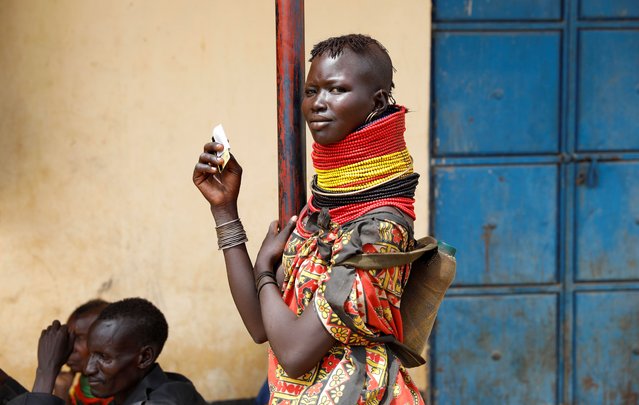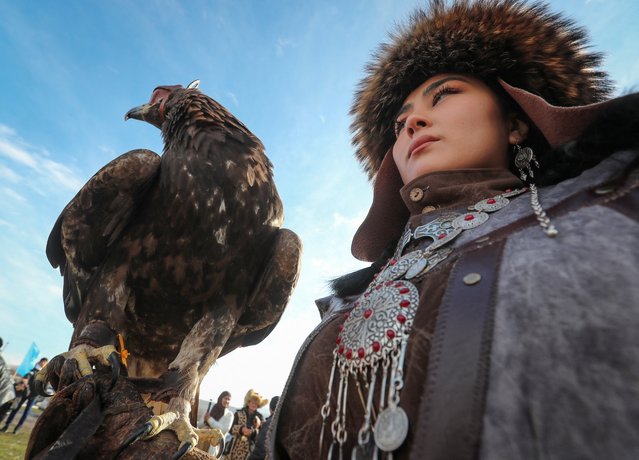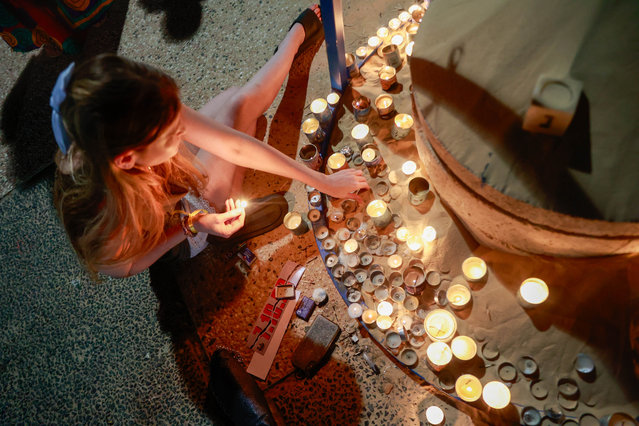
A child yells, “I don't want go!” as a state employee attempts to remove her from another branch of the Orphanage of the Church of Bible Understanding, in the Kenscoff area outside Port-au-Prince, Haiti, Friday, February 14, 2020. (Photo by Dieu Nalio Chery/AP Photo)
30 Jun 2020 00:03:00,post received
0 comments

